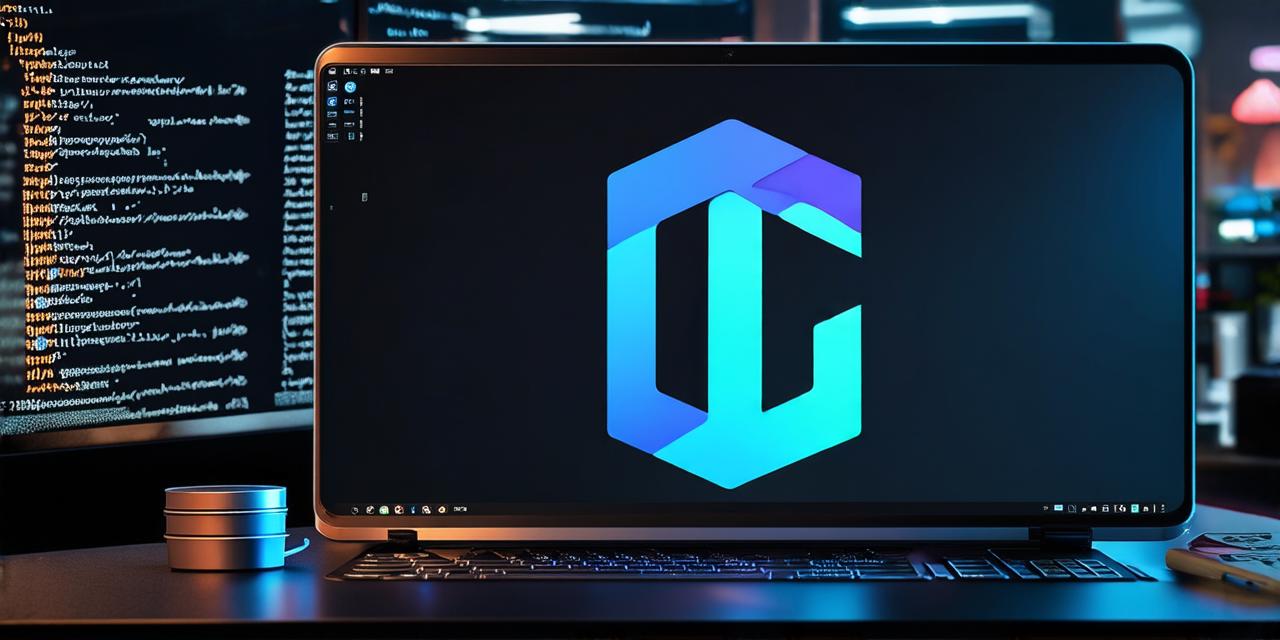When it comes to debugging your game in Unreal Engine, using editor symbols is a powerful tool that can help you quickly identify and fix issues in your code. In this article, we’ll go over some tips and techniques for effectively using editor symbols to debug your game.
What are Editor Symbols?
Editor symbols, also known as breakpoints, are markers that you place in your code to pause its execution at a specific point. When you hit a breakpoint, the engine will stop running and display the current state of your game in the console. This allows you to inspect variables, check for errors, and step through your code line by line.
Using Editor Symbols to Debug Your Game
1. Start with a Clean Build
Before placing any breakpoints, make sure you have a clean build of your project. This will ensure that your game is running the latest version of your code and any changes you’ve made since your last build.
2. Use Descriptive Breakpoint Names
When placing a breakpoint, give it a descriptive name that accurately reflects its purpose. For example, if you’re debugging a function that calculates the player’s movement speed, you might name the breakpoint “MovementSpeedCalculation”. This will make it easier to identify and fix issues later on.
3. Place Breakpoints in Key Places
Place breakpoints in key places where errors are likely to occur. For example, if you’re debugging a function that calculates the player’s health, you might place a breakpoint before and after the calculation to ensure that the values are being updated correctly.
4. Use Conditional Breakpoints
Conditional breakpoints allow you to pause the execution of your code only when certain conditions are met. For example, if you want to debug a function that checks for collisions between two objects, you might place a conditional breakpoint that pauses the execution of the function only when the collision is detected.
5. Use Step Through Debugging
Step through debugging allows you to run your code line by line, which can be helpful when trying to identify where an error is occurring. To use step through debugging, simply click on a breakpoint and select “Step Into” from the context menu.
6. Check for Errors in the Console
When a breakpoint is hit, check the console for any errors or warnings that may have occurred. These can provide valuable clues about where an issue is occurring in your code.
7. Use Profiler Tools
Profiler tools, such as the Performance Monitor and the GPU Profiler, can help you identify performance bottlenecks in your game. By using these tools to analyze your code, you can optimize it for better performance and a smoother gaming experience.
8. Document Your Breakpoints
Documenting your breakpoints can help you keep track of where you’ve placed them and why. This can be especially helpful if you need to debug the same issue multiple times or work with other developers on your project.
9. Use Version Control
Version control, such as Git, can help you keep track of changes to your code over time. By using version control, you can easily revert to a previous version of your code if an issue is introduced during development.
10. Seek Help from the Community
If you’re struggling to debug your game, don’t hesitate to seek help from the Unreal Engine community. There are many experienced developers and support staff who can provide valuable guidance and advice on how to debug your specific issue.
